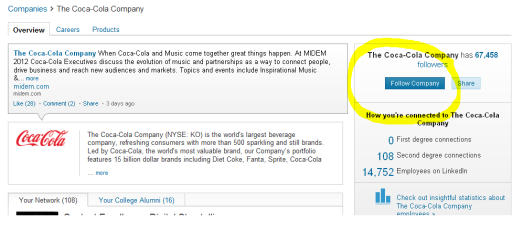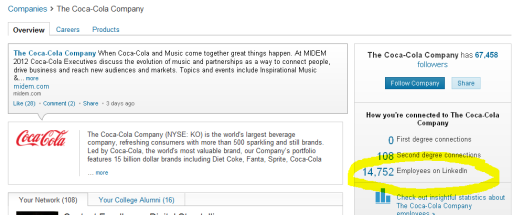In my last post, I mentioned that some job seekers are quite successful in getting referrals to job opportunities or potential hiring managers. For consultants, it’s even more important.
In addition to traditional job seekers, I often talk with those who are considering or who have decided to make the leap into consulting. One of the biggest questions is: how do you market? More directly, what have you found to be effective?
I sometimes wish I had an “easy and quick” answer for them, like build a website and they will come but it just doesn’t seem to work that way.
What I’ve found is – it’s not about the “marketing”, it’s about the relationships. Not that people buy your services just because they like you. If they don’t have a need, they don’t buy. But when they do have a need, they want to buy from someone they know and trust or at least has been referred by someone they know and trust (and thus by extension is credible.)
I facilitated a roundtable earlier this year on starting and growing a consulting business and every consultant there said that almost all their business came from referrals. Granted, these were all consultants with individual or very small group practices. But, I’ve also worked in one of the world’s largest human capital consulting companies, and I’ve found it to be mostly true even there. Most of the business comes through relationships that have been built, sometimes long ago, sometimes only recently. I have one contact to whom I can now track back at least eight different clients. Talk about a powerful engine!
This is not to say that you don’t need any marketing collateral or web presence, at the very least on social media. You do. But it is not what will get you to the dance.
If you are launching your own endeavor, go out, get involved. In the professional community or in the civic community. Make sure you are interacting with people who may be most likely to contract your services, or know people who will contract your services. This will depend greatly on what kind of consulting you do, whether it is more B2C or B2B, if you are targeting clients in a particular industry and other factors. Find opportunities to speak at events and let your expertise shine. It may lead to work immediately, or it may lead simply to a new contact. But that new contact may be in a position to refer you business down the road. Build that relationship, help them achieve their goals, and in return, someday they may help you achieve yours.





